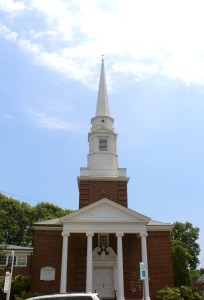To the editor:
My house caught on fire Oct 21, at 7 a.m. According to the fire marshall, the fire was caused by an old fan that ignited while running in the basement as I was trying to dry out my rug that was wet due to a burst water heater the day before.
I thought I could put it out, as I ran back downstairs the second time with a bucket of water the fire was blazing and had consumed my couch, the wall and was burning on the ceiling. I decided to just get out! I was very lucky!
I ran upstairs, called 911 and then ran out the door with only the clothes on my back.
Since then, I have been overwhelmed by kindness and generosity by the Belmont community. Everyone from past and present employees, all the town sport leagues and great customers have offered to help.
My house has been gutted and everything has been thrown out as the soot from the fire gets into everything. After living in a hotel for 10 days, I’ve moved into a mobile home on my front lawn for the next five months while repairs are being done. The donations have gone to purchase new clothes, towels, blankets, dishes, sheets, pillows, shoes, food and much more.
I wanted to thank everyone who kept me in their prayers, stopped by to give me a hug, dropped off blankets, made me dinner and asked if they could do anything for me and for the generous donations. What a great community!
Please take the time to check your smoke detectors to make sure they’re working properly,
Thanks so much,
Gerry Dickhaut
Champions Sporting Goods
Belmont Center



